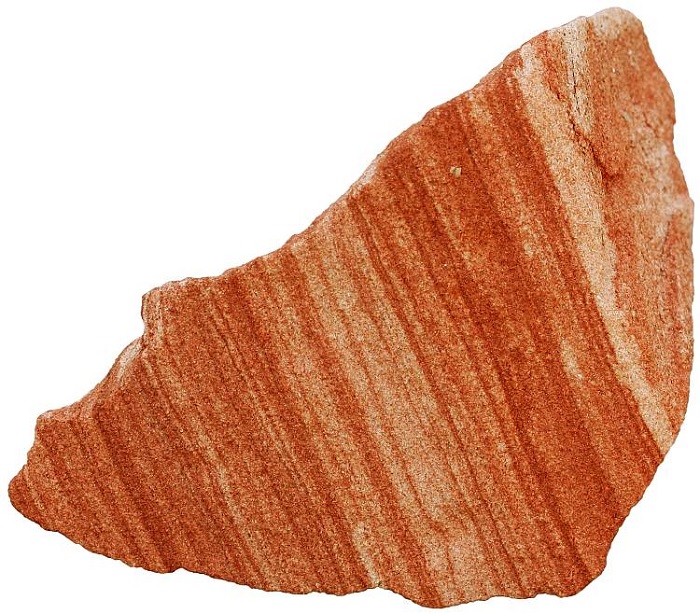Some Importance Of Sandstone
Sandstone is a sedimentary shake made for the most part out of quartz sand, however, it can likewise contain noteworthy measures of feldspar, and now and then residue and mud. The sandstone that contains over 90% quartz is called quartzose sandstone. At the point when the sandstone contains over 25% feldspar, it is called arkose and arkosic sandstone. At the point when there is a lot of earth or sediment, geologists allude to the stone as argillaceous sandstone. The shade of sandstone differs, contingent upon its structure. Argillaceous sandstones are regularly dim to blue. Since it is made out of light hued minerals, sandstone is regularly light tan in shading. Different components, nonetheless, make hues in sandstone. The most well-known sandstones have different shades of red, caused by press oxide (rust). In a few occasions, there is a purple shade caused by manganese.

Approximately solidified material can be mined utilizing a high-weight pressure driven screen. Sand washed from the working face is gathered in a sump, from which it is generally pumped to a dewatering/surge heap, where the material is permitted to free deplete. Once depleted, the sand reports to a plant. All around united stores can be mined utilizing regular penetrate and-impact techniques. Once impacted, the sandstone is “messed” utilizing a front-end loader, set into pull trucks, and transported to an essential crusher. Following pulverizing, the material may answer to an auxiliary or tertiary pounding plant. The measured material is then transported to a handling plant, normally by a movement framework.
Sandstone has two noteworthy applications, as pulverized stone and as measurement stone. Measurement stone is any stone material that is cut into particular sizes, commonly as squares and pieces. Smashed stone is utilized as a part of the development of roadways and street structures, for example, spans, and in structures, both business and private.
Rocks are persistently reused, commonly on timescales of a huge number of years, in what’s known as the stone cycle. The three noteworthy sorts of rocks – molten, transformative, and sedimentary – can each be transformed into another changeable shake when sufficiently given warmth and weight. Each stone sort can be transformed into another volcanic shake in the event that it is totally dissolved and afterward cooled once more. Sedimentary rocks are made when different rocks are broken into parts and those pieces are established together to shape another stone. A standout amongst the most well-known sorts of sedimentary shake is sandstone.
As the name infers, sandstone contains sand-sized grains of shake pieces and individual minerals separated from other, more established rocks. We as a whole have a feeling of how enormous sand grains ordinarily are from our experience setting off to the shoreline or playing in a sand box. Geologists likewise realize that sand-sized grains have a specific estimation, from around 1/sixteenth of a millimeter to 2 millimeters.
We say source shakes, the first shakes that in the long run make up the little grains of a sandstone, are weathered when they separate. The pieces falling off a source shake would then be able to be disintegrated, or diverted from the source range. The more extended the pieces of a source shake are conveyed by the breeze, water, or ice, the more probable they are to be separated into little sections. Certain minerals found inside rocks are likewise more prone to survive altogether long shake section ventures. Since quartz is such a tough mineral, far-fetched to experience substance changes amid disintegration, it is the mineral found in the best sums in many grains of sand. On most shorelines (and obviously, there are special cases), you will discover a considerable measure of hard, clear-looking grains of sand, which are probably quartz.
After a source shake is weathered and dissolved, the subsequent sand grains may fill a bowl-formed bowl ashore or submerged. With the weight from more silt arriving above and the development of water through the grains, the sand progresses toward becoming sandstone. Better grains of shake and new mineral development fill the spaces between the grains, establishing the new shake.


















